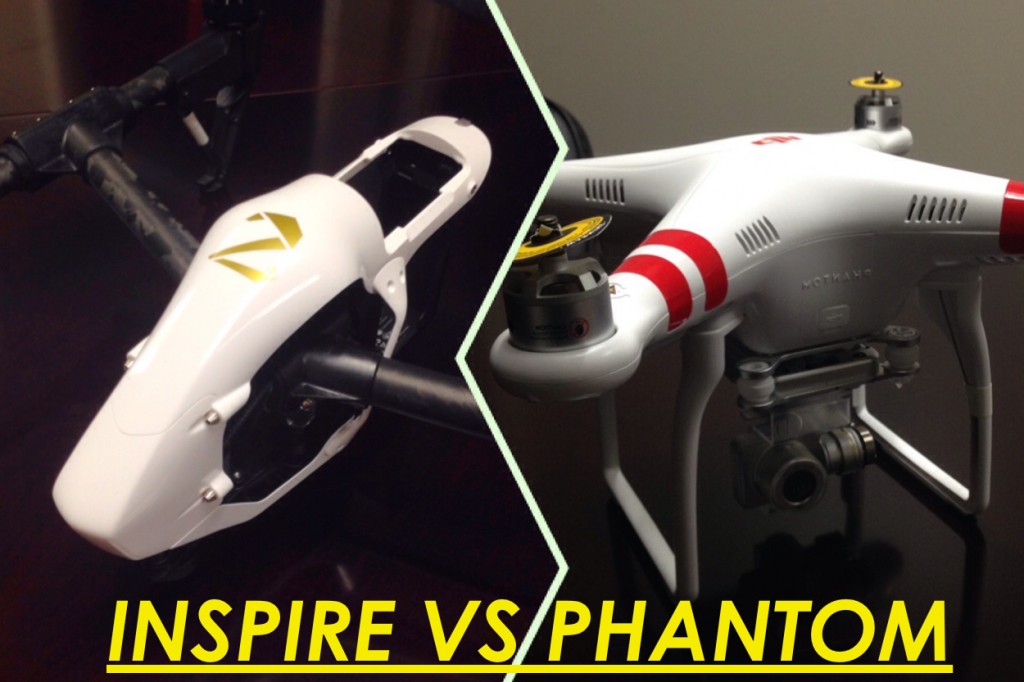DJI Drones: Inspire vs. Phantom

Five years ago, if someone said the word “drone,” you’d probably conjure up the image in your head of a strange robotic copter flying through the air, programmed for special military purposes. But now, drones have exploded in the consumer’s world. In fact, this year, DJI drones, one of the world’s most popular manufacturers of consumer level drones, has announced that its expected to hit the $1 Billion mark by the end of this year. That’s up from $500 million in 2014, which had quadrupled from the year previously.
Here at the headquarters of Powered Labs, we have two editions of the DJI drone models, the DJI Inspire 1 and the DJ Phantom Vision 2+. We’re kind of nerds for anything video-and-technology related, so we’ve made the investment into these two models for various reasons. Before we get into the details of each of the drones, the first observation is that they both have a premium look, feel and construction to them. In fact, these models are the perfect stepping stones for people who are passionate about film, who want to be able to take professional shots, but don’t quite require the next echelon of professional drones which are close to ten times the cost.
